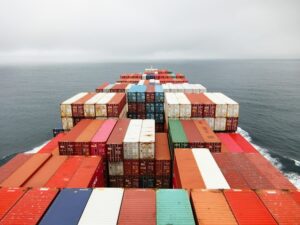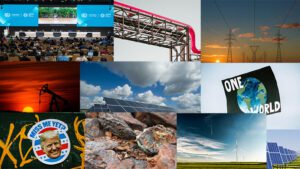Green ammonia is a ground-breaking method expected to revolutionize sustainable farming, lower carbon emissions, and combat climate change.
Green ammonia, a groundbreaking development in climate technology, promises to revolutionize the fertilizer industry.
Ammonia-based fertilizers are essential to the world’s agriculture industry. They boost crop yields and guarantee food security. Just 1.8% of the world’s CO2 emissions come from the production of ammonia using traditional methods. A shift to green ammonia can further lessen this effect and prioritize climate objectives. The Financial Times noted that players in the food value chain remain under pressure to cut emissions. They can now benefit from more sustainably produced fertilizer.
Renewable energy sources, like solar and wind power, produce green ammonia instead of conventional fossil fuels. Through the process of electrolysis, water is split into hydrogen and oxygen. The hydrogen is then combined with atmospheric nitrogen to produce ammonia. This process, in contrast to conventional ammonia production significantly reduces greenhouse gas emissions. Additionally, green ammonia production has the potential to aid in the decarbonization of heavy industries such as chemicals, steel, and shipping, as Forbes wrote.
Only large fertilizer companies can enter the green ammonia market, as it is still in its early stages of development. According to Bloomberg, the largest green ammonia plant in Europe was inaugurated in Norway at the beginning of June by Yara International ASA, a global fertilizer company. As this becomes more widely available, it could lessen food insecurity trending globally.
Wider adoption of it will unlock new opportunities for a low-carbon economy, promote sustainable agriculture, and result in significant reductions in carbon emissions. With the growing research and investment in this cutting-edge technology, green ammonia is emerging as a formidable opponent to climate change in the sustainable farming space, providing a resilient and sustainable future for future generations.














